FlatRyan is the brainchild of a few fabulous agvocates who took over the Agriculture Proud blog while Ryan is finishing his Master’s degree. You can read all about it and learn how to participate here. This blog post first appeared on Agriculture Proud on September 18th.
On the last day of August, #FlatRyan got in on a little cover crop planting on our farm. Saturday was pretty warm for Minnesota standards, but it was a good day to get some work done. We do things a little differently than most of our neighbors, which sometimes leads to many questions. We farm organic row crops, so we follow different rules. One of those rules is a three crop rotation. Each year, we have approximately one-third field corn, one-third soybeans, and one-third small grain (wheat, and a mix of barley & field peas). We use cover cropping to help lock in nutrients, for weed control, and to prevent soil erosion.
The field we were working in had been a barley and field pea field. The barley and peas had been harvested, the straw baled, and manure applied for next year’s corn crop. The manure was worked into the soil with a deep till chisel plow before we seeded oats with a broadcast spreader. The oats were worked in with the field cultivator, which was set to go only an inch or two deep. We were then ready to try something we’ve never done before.
#FlatRyan, Pongo the Rat Terrier, and I took the Ranger across the road to check in with Jonathan and see how he was doing.
We have been seeding Tillage Radish with our oats for a few years. Tillage Radish is different from the radishes you grow in your garden. A Tillage Radish has a pretty strong tap root that can break up compacted layers in the soil. The root keeps nutrients locked up over the winter, and when the plant dies, it leaves a hole the size of the radish that the corn plant’s roots will be able to use to grow bigger.
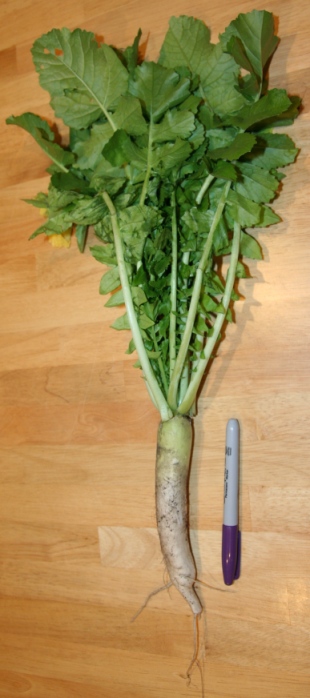
Last year, we attended a cover cropping seminar, and heard about a study that was being done where they planted the Tillage Radish seed with the corn planter, using sugar beet plates. To us, it made total sense. Using GPS mapping in the tractor, we have the capability of planting the corn directly over the rows that we planted the Tillage Radish in. We weren’t sure exactly how well it would work, or if the Precision Planting system would be able to accurately measure how many seeds per acre we were planting. This is where #FlatRyan joined us.
When Jonathan got to the end, we needed to check the planter boxes to see if he was planting the correct number of seeds per acre. Here, #FlatRyan is looking to see how much seed is left in the first box. 
It was decided that Jonathan needed more seed, so #FlatRyan, Pongo, and I headed to the seed shed in the yard. Many of our bags are white with no markings, so reading a seed tag is important. Tillage Radish comes in colorful bags, so they were easy to spot.
We loaded a couple of bags into the back of the Ranger, and went back across the road to meet the planter once again.
Jonathan split the 50 pounds of seed between the 16 boxes, and we put the other bag in the rock box. We still weren’t sure how much would be needed to finish this field. #FlatRyan was so excited by how well the planter was working to plant the radish seeds that he was kicking up his heels!
Not long after Jonathan finished planting this field, the clouds rolled in, and we were blessed with ½ inch of rain!
This is how the field looked 10 days after we planted the Tillage Radish. Looks like both the oats and the radish are off to a good start!
After #FlatRyan’s weekend with us, Jonathan and I seeded and planted our wheat fields the same way. In the last field, we planted 46 acres of Tillage Radish like we did in the barley and pea field. We were racing with the rain on the last day, so we decided to broadcast seed the oats and Tillage Radish on the remaining 100 acres. Then, for good measure, we left about 8 acres as a check strip. That way, we have all three methods in one field. Next spring we will till the field with the field cultivator, which will disturb the decayed matter and small weeds on the surface, but will preserve the channels created by the Tillage Radish.
We hope #FlatRyan had fun helping us with our experiment! This is one experiment that will take a long time to see the results, but in the meantime, it does keep the neighbors guessing about what we’re up to!
To see more of Flat Ryan’s adventures, click here. He’s had a lot of fun, and has learned some amazing things so far!
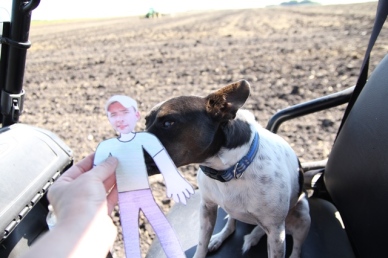

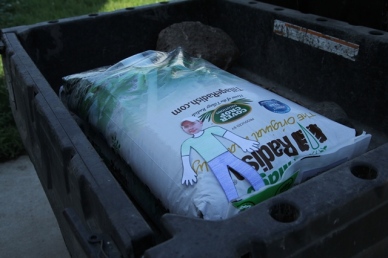
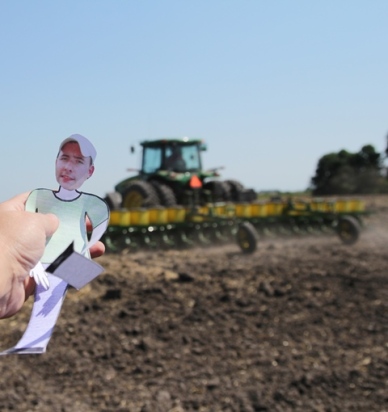
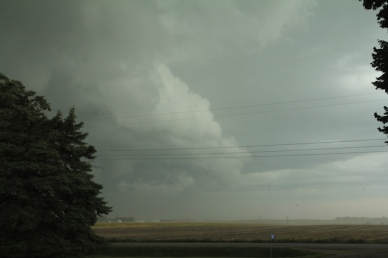


One thought on “Teaching Flat Ryan About Cover Crops”